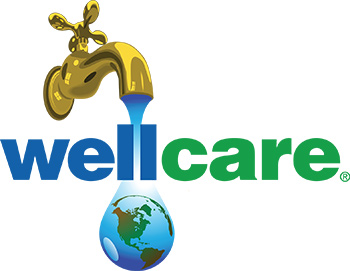Contaminants of Emerging Concern (CECs) refer to substances that are gaining attention due to their potential to harm human health and the environment. These contaminants can come from pharmaceuticals, personal care products, industrial chemicals, and other synthetic materials. They can enter the groundwater through wastewater discharges, runoff from agriculture, and even household waste. CECs are a growing concern for water wells, particularly in areas where wells draw from shallow aquifers or where local groundwater is vulnerable to contamination.
While CECs can be found in groundwater year-round, they have the potential to be more of an issue in winter months for a few important reasons:
- Increased Runoff and Leaching: In many areas, winter brings more precipitation (rain or snowmelt). This can lead to increased runoff, which may carry contaminants into groundwater. Frozen ground can also limit the natural filtration of contaminants, allowing them to travel more easily into groundwater.
- Septic System Overload: In colder months, septic systems can become less efficient due to freezing temperatures. If a septic system fails or becomes overloaded, CECs from household waste can leach into the groundwater.
- Reduced Dilution: In the winter, these contaminants are frequently less diluted than at other times of the year due to reduced water flow in rivers, streams, and aquifers (it is considered the “dry season”). This can increase the concentration of CECs in groundwater.
If you’re concerned about CECs in your well water, it’s important to test it regularly especially if you live in an area where these substances are more likely to enter the groundwater. By taking preventative measures, you can ensure the safety of your well water.
You can use our interactive map to find certified laboratories near you that can test your well water.
Download our wellcare® information sheet on Contaminants of Emerging Concern (CECs) & Well Water for more information.
